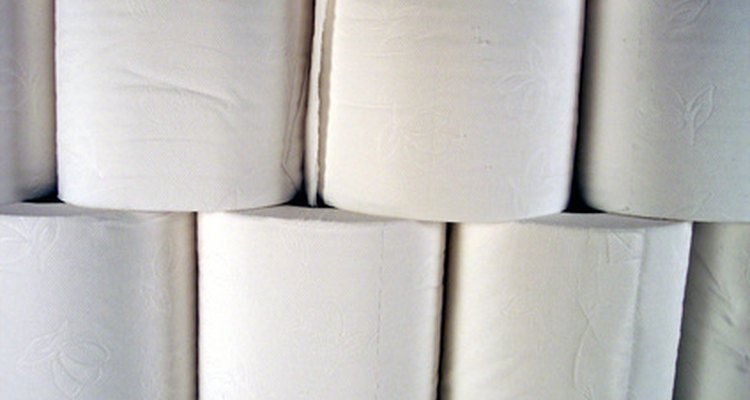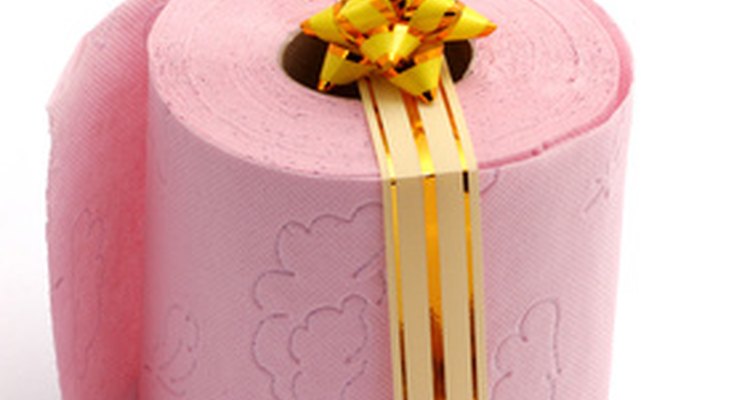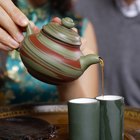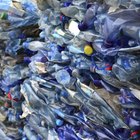
Toilet paper/bath tissue differs from facial tissue in that it is designed to deteriorate when wet to keep drain pipes clear. The two terms are virtually the same, depending on preference. Incidentally, the term "toilet paper" was first used in The New York Times on July 15, 1888.
History
Toilet original paper, bath tissue, dunny roll/paper, bog roll or any other name by which it is referred was first used in the 6th Century A.D., however, the first modern toilet paper was made in 1391, when it was created for the needs of the Chinese Emperor and his family. Each sheet of toilet paper was perfumed, and that version is close to the version that we use today.
Function
The most obvious function of toilet paper or bath tissue is for hygienic purposes. In addition, there are many other uses that are non-traditional and vary by household. Most modern sewage systems can accept bathroom tissue, as it is designed for such use. Intuitively, toilet paper is used the same way by all countries who use it.
Types
The basic types of bath tissue are made of either recycled paper or virgin paper. Virgin paper is made of wood pulp. Recycled paper is typically made from used papers of various types and takes 50 percent less energy to produce. Typically those of the recycled nature are not as soft and are of lower grade.
There are different grades of toilet paper that range from very hard or scratchy industrial paper used in schools and prisons to the luxuriously soft four-ply and quilted varieties, which may even contain lotions or waxes for added softness. The prices of these can vary greatly depending on the manufacturer and the content of the paper.
Invention

The invention of modern toilet paper is credited to Joseph C. Gayetty. He invented the first packaged toilet paper in the United States in 1857. "Gayetty’s Medicated Paper" was sold in packages of flat sheets, medicated with aloe and watermarked with his name. Gayety’s toilet paper was available as late as the 1920s.
Colors

Though many varieties offer perfumes, dyes for color coordination, aloe or other treatments, most medical experts advise women to use only white paper that is not treated with additional or unnecessary materials or chemicals. Regardless of these warnings, second to white, the most popular colors of toilet paper--or bath tissue--sold in the United States are peach and pink. Incidentally, toilet paper in its natural state is brown and is bleached to obtain its white color.
Related Articles

What Is Blotting Paper Made Of?

Types of Paper That Cannot Be Recycled

The History of Bamboo Fabric

Advantages of Paper Bags vs. Plastic ...

How to Treat Anemia in Sheep

What Is 916 in Jewelry?

Fraxel Laser Treatment Dangers

What Is Dye Made From?

List of Biodegradable, Every Day ...

Is Miso Soup Vegan?

What Are the Benefits of Extrapone ...

Is Allantoin a Relative of the Lanolin ...

Can Tea Build Collagen & Elastin?

Trade Names for Cotton

What Is the Difference Between Tattoo ...

What Items Can't Be Recycled?

How to Make All-Natural Hand Sanitizer

Which Plastic Bottles Are Safe?

Phototherapy Vs. Tanning Bed

Active Ingredients for Dove Body Wash
References
Writer Bio
Toi Troutman, best known as a celebrity publicist and author of one book titled "Look Fab-Looking Like a Million Without Breaking the Bank," is now freelancing full time. The author of helpful articles published at various Internet destinations and beauty magazines including "Polished" and "LA Style," Troutman is a full-time journalism student where she is senior fashion beauty editor and news writer.
Photo Credits
a few toilet paper rolls image by timur1970 from Fotolia.com